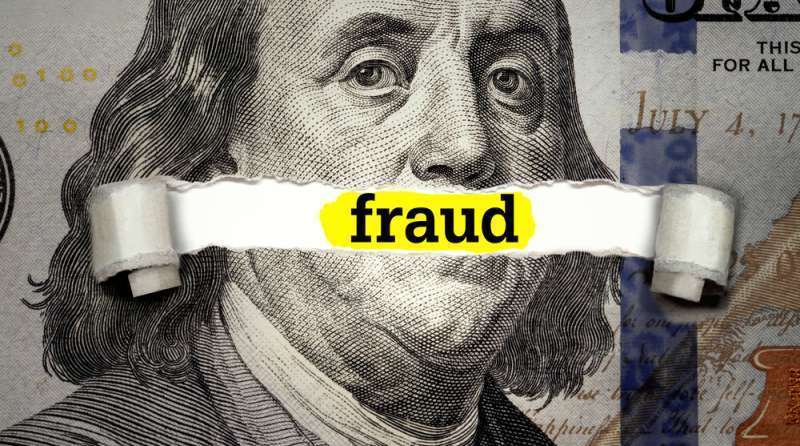
The Government Accountability Office (GAO) is calling out the Education Department for its failure to implement processes to detect and prevent fraud in its student debt relief program that launched in October 2022.
The Biden administration’s student loan debt relief program was slated to provide up to $20,000 in relief to borrowers who had incomes below certain thresholds. However, court orders ceased work on the program before discharging any debt, and in June 2023 the Supreme Court struck down the program.
Despite this, in a recent report, the watchdog is calling on the Education Department to better implement policies and procedures to mitigate fraud risk in any future efforts to relieve student debt.
“Education designed its approval processes to prevent ineligible borrowers from receiving relief. However, underlying Education’s efforts was its assessment that the program was at relatively low risk for fraud,” the report says.
“Education officials said they prioritized approving eligible borrowers, but Education did not apply key processes to detect and prevent fraud. However, given the large scale of the program — an estimated $430 billion of relief for potentially over 31 million borrowers — leading practices indicate that Education should have proactively addressed risks through effective fraud risk management,” the report notes.
The Education Department developed two processes to assess borrower eligibility, but each process had shortcomings at detecting and preventing fraud, according to GAO.
The first process, which affected the majority of borrowers, relied on an application process. At the time it ceased work on the program, the Education Department had approved an estimated 12 million-plus borrower applicants without evaluating the accuracy and outcomes of its application process.
In addition, GAO found that the department did not have procedures in place to evaluate the borrowers it had approved, including whether its approach for approving borrowers was an effective tool for preventing fraud.
The second process was an automatic process the Education Department developed for borrowers who had recently reported income information to the department. The Education Department planned to automatically approve over two million borrowers for relief based solely on their self-reported income drawn from recent financial aid applications and enrollments in loan repayment plans, but the department did not take any steps to verify incomes for these borrowers before automatically approving them for relief.
“Fraud poses a significant threat to the integrity of federal programs and erodes public trust in government,” the report says. “Proactively managing fraud risks can help ensure that taxpayer dollars serve their intended purposes.”
GAO made three recommendations to the department if it pursues future debt relief, including to incorporate evaluations of fraud risk management before providing relief, implement all stages of its fraud risk management, and implement controls to avoid relying on self-reported data. The department partially concurred with GAO’s three recommendations.
